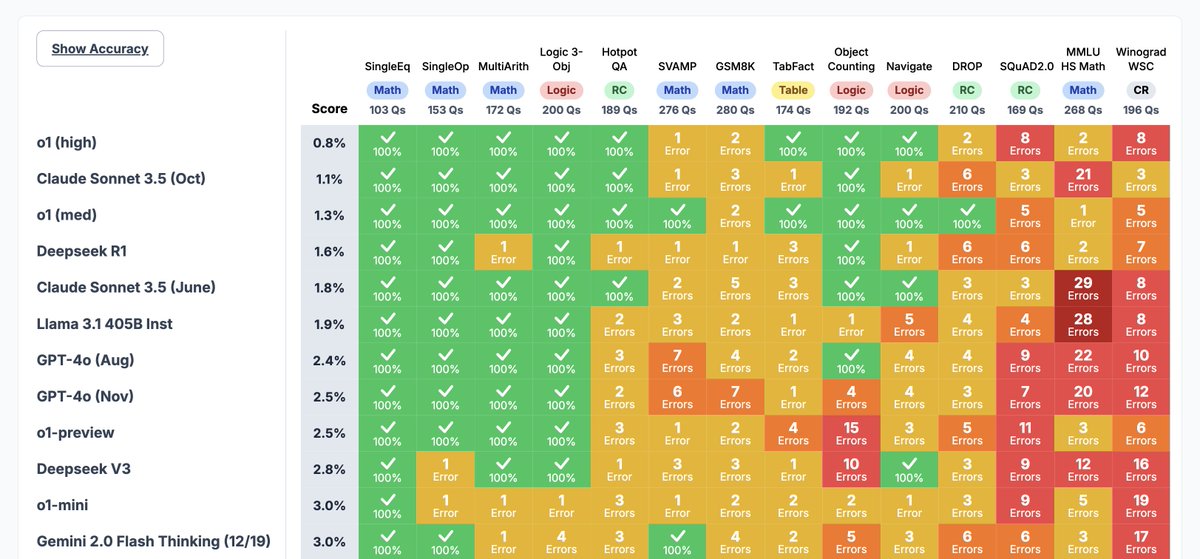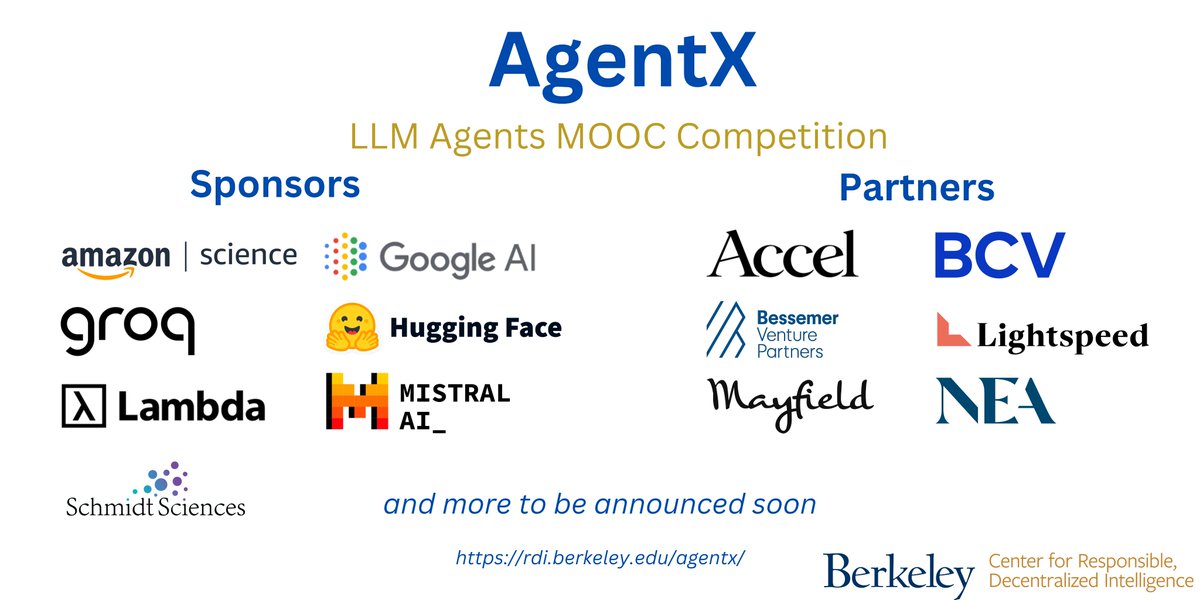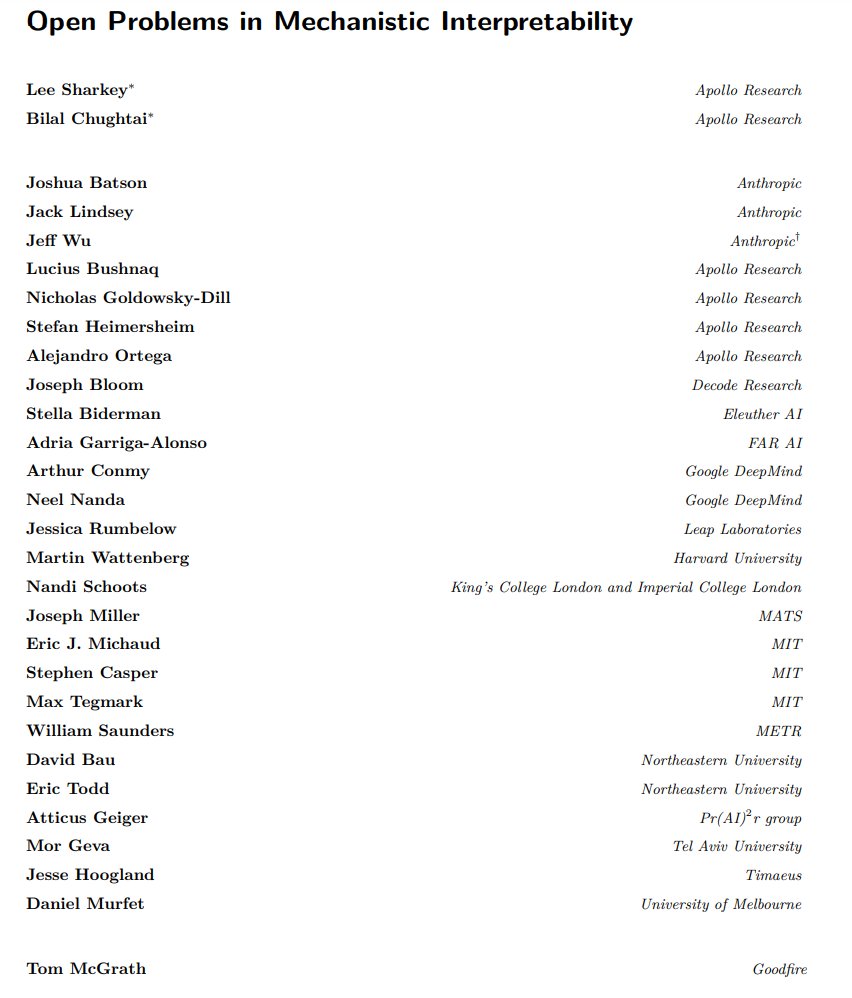
Yi Zeng 曾祎
@easonzeng623
probe to improve @VirtueAI_co | Ph.D. @VTEngineering | Amazon Research Fellow | #AI_safety 🦺 #AI_security 🛡 | I deal with the dark side of machine learning.
ID: 901961911448723456
https://www.yi-zeng.com 28-08-2017 00:17:32
563 Tweet
1,1K Followers
1,1K Following


Paper 1530 here EMNLP 2025 . Seeing y’all soon 🤫

How will LLMs reshape our democracy? Recent work including ours has started exploring this important question. We recently wrote a blog (future-of-democracy-with-llm.org) regarding this! (summary in thread) Dawn Song, David G. Rand @dgrand.bsky.social, Yejin Choi 1/N



For more details, please visit our paper at arxiv.org/abs/2411.07781. I'm Xun Liu, a senior undergraduate student advised by Prof. Bo Li Bo Li. Thanks for our great collaborators Chengquan Chengquan Guo, Chulin Chulin Xie, Andy @andyz245, Yi Yi Zeng 曾祎, Zinan







🧵 What safety measures prevent a misaligned LLM agent from causing a catastrophe? How do we make a safety case demonstrating that these measures are sufficient? Our new paper from @AISafetyInst and Redwood Research sketches a part of an AI control safety case in detail, proposing an



Do current LLMs perform simple tasks (e.g., grade school math) reliably? We know they don't (is 9.9 larger than 9.11?), but why? Turns out that, for one reason, benchmarks are too noisy to pinpoint such lingering failures. w/ Josh Vendrow Eddie Vendrow Sara Beery 1/5





🚀 Really excited to launch #AgentX competition hosted by UC Berkeley RDI UC Berkeley alongside our LLM Agents MOOC series (a global community of 22k+ learners & growing fast). Whether you're building the next disruptive AI startup or pushing the research frontier, AgentX is your














